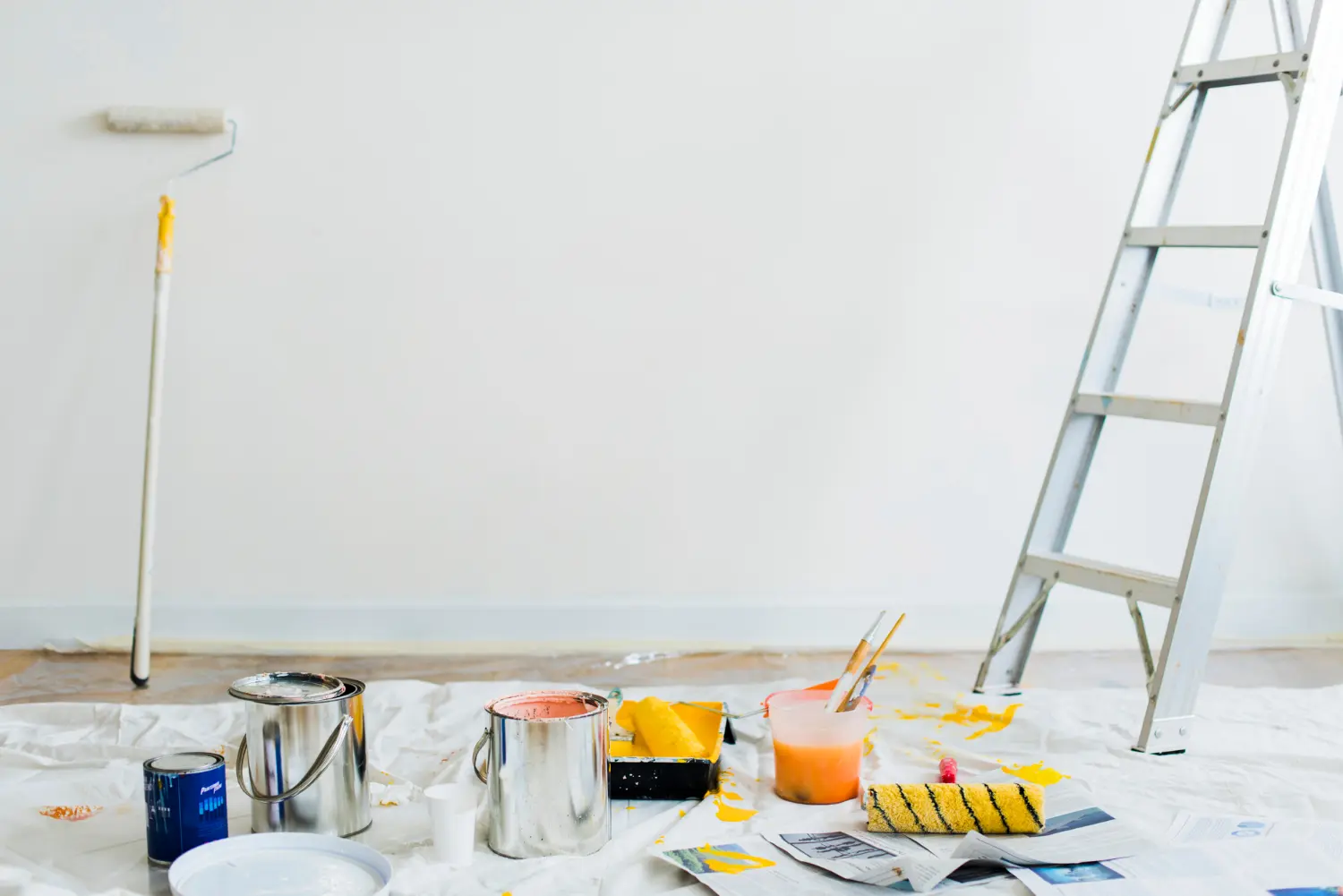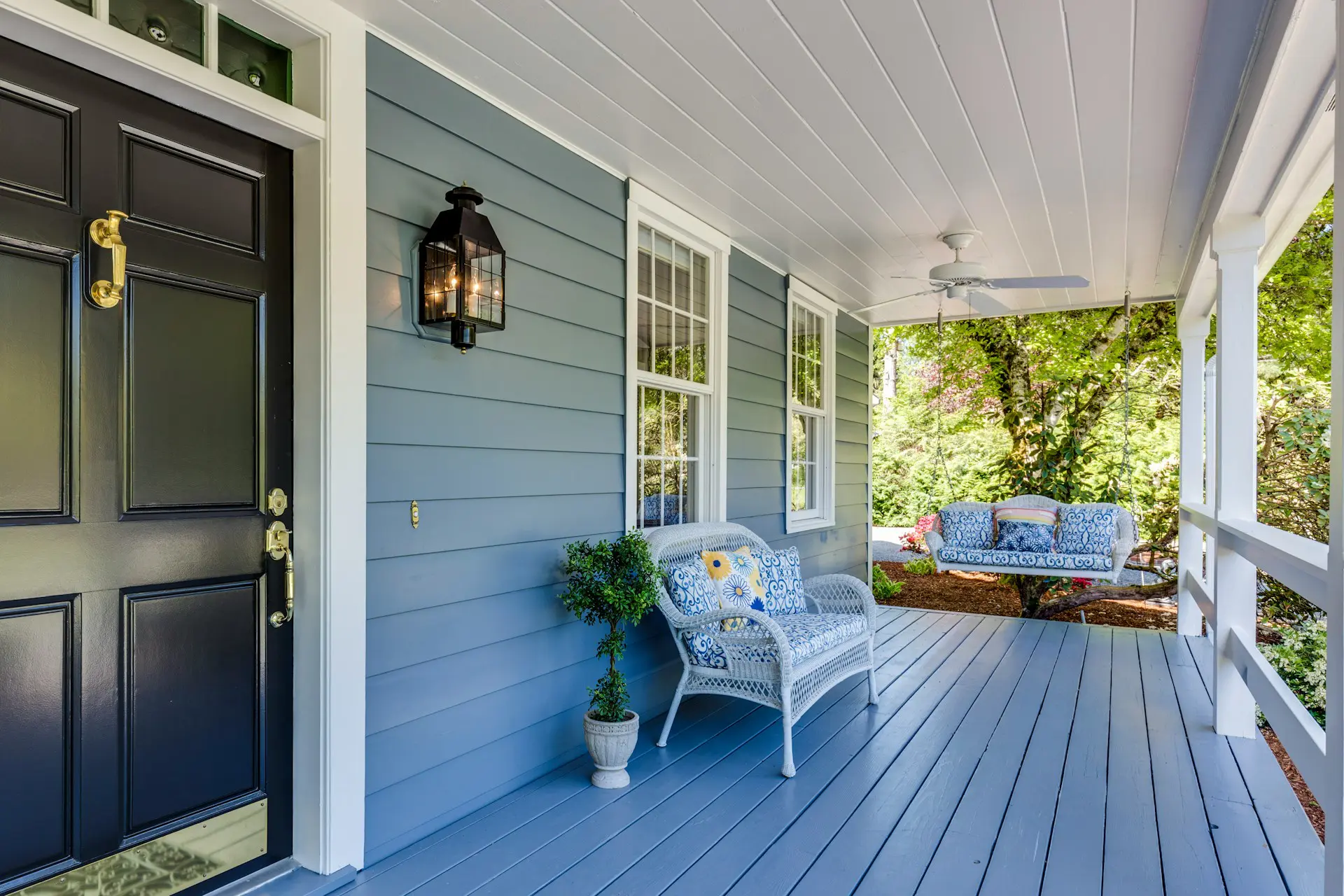Exterior Home Painting Mistakes to Avoid

If you get the job done right, a high quality exterior paint job can both protect and beautify your home for many years. However, get it wrong and you’ll be watching the whole thing deteriorate before your eyes in no time at all.
On the surface, it all comes across as a relatively simple job. You buy up a load of paint, you slap a new coat on your home’s exterior and that’s the end of it. Unfortunately, the reality of things isn’t quite as simple as this – precisely why many well-meaning DIY-types slip up along the way.

Still, the good news is that by taking into account most common mistakes of all, you stand a much greater chance of avoiding them yourself. So with this in mind, what follows is a brief roundup of just a few exterior home painting mistakes you’d be well-advised to steer clear of:
1 – Overlooking Lead
First of all, if your home was built prior to 1978, it’s highly probable that it has at least one coat of lead-based paint on its exterior. It wasn’t until this time that the true dangers of lead paint were first discovered, subsequently leading to lead-based paint being pretty much outlawed nationwide. Working with and removing lead-based paint presents a number of potentially severe health hazards and should only be gone about under advisement. So if you don’t know exactly what you are working with, be sure to speak to the professionals before going ahead.
2 – Inappropriate Paint
Perhaps the single most common error of all when it comes to painting the home’s exterior is diving head-first into the wrong paint. Not literally, of course, but if you don’t invest in the right type of paint for your home’s exterior, you can’t expect high-quality results. If the property is currently coated in latex paint, you’ll need to stick with latex paint for the next covering. Likewise, if it was previously painted in oil-based paint, it’s oil-based paint you should be going for this time around. You can use a little alcohol on a rag to determine what kind of paint is there already, if you don’t already know. If some of the paint rubs off onto the rag, it’s latex-based paint you’re dealing with. Also, be sure to check additional areas like trim, doors, windows and sidings separately. These areas may have been painted using an entirely different type of paint to the rest of the house.
3 – Insufficient Cleaning
Just as is the case with the interior of your home, it is never a good idea to attempt to paint your home’s exterior before ensuring it is immaculately clean. The simple fact of the matter is that paint cannot properly adhere to a surface that is not as clean as it can possibly be. And as the exterior of your home is exposed to all manner of assaults on a 24/7 basis, you have to assume it will have gotten pretty dirty. Pressure washers can be great for giving the exterior of a house a good clean, though the same can also be said for a standard cleaning brush and an appropriate detergent. But what’s just as important is ensuring your home is fully cleaned before painting it is giving it as long as necessary to dry out 100%. If there is even the slightest trace of moisture left behind, you could be headed for trouble.
4 – Poor Prep
Ask any expert and they will tell you the same – preparation contributes at least 80% toward the total result, when it comes to painting a house. Even if things look relatively safe to go ahead as they are, you are guaranteed to regret it if you do not take preparation seriously. This means going over every area carefully to look for peeling or loose paint, which should be removed and subsequently sanded down with 120 grit sandpaper. Any bare wood you come across must be sealed and primed for painting, the dust you create while sanding must be fully removed and any signs of rot or damage must be addressed before going ahead. While it’s common to simply ‘paint over’ imperfections to hide them, they’ll only get worse over time and lay your hard-fought efforts to waste.
5 – Improper Ladder Choice
It might sound like a remedial consideration, but choosing the wrong ladder means running the risk of damaging both your home and yourself. Just as the sharp tips of a ladder could easily put a dent in your siding, a ladder that doesn’t allow you to reach every area of your home with ease will only ever result in a substandard finish. And of course, if you insist on using a ladder that has seen better days, you may be putting yourself at unnecessary risk throughout the process.
6 – Poor Quality Paint
Even after determining exactly what type of paint is needed for your home, you might still fall into the trap of buying substandard paint. While it’s not to say that spending a fortune is the only way of achieving an outstanding result, you cannot expect an impressive outcome if you insist on using the lowest-grade paint available. Stick with a brand you know you can trust and be sure to ask your local stockist for their recommendations.
7 – Not Asking the Experts
Last but not least, before even thinking about getting started with your initial inspection of the property, it is always in your best interests to get in touch with the professionals. The reason being that after factoring in preparation efforts, the products you’ll be needing, the tools you’ll be buying and the time you’ll be investing in the job, there’s every chance it could work out faster and considerably cheaper to hire a team of professional painters. And even if not, it costs nothing to find out!










